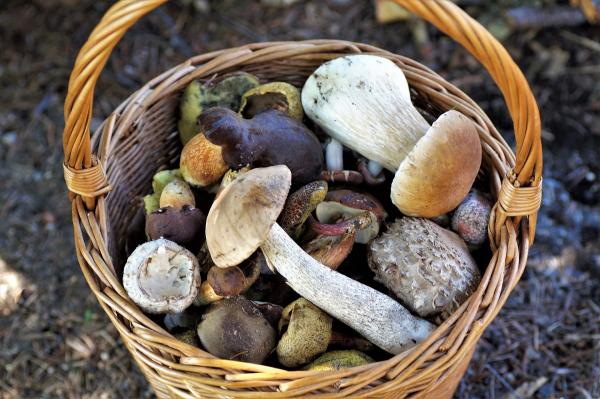Poisonous mushrooms have started growing in Victoria following widespread recent rain and ideal growing conditions.
Victoria’s deputy chief health officer Dr Angie Bone has issued a warning for people to avoid gathering wild mushrooms around Melbourne and in rural Victoria.
“The recent conditions have been ideal for poisonous mushrooms, and recent rains have seen them start to sprout in metropolitan Melbourne and regional Victoria,” Dr Bone said.
“While commercially-sold mushrooms are safe, poisonings can occur when people gathering wild mushrooms inadvertently include toxic species. Poisonous mushrooms may appear very similar to edible varieties.”
In 2020 the combination of coronavirus and an ideal growing season saw a record number calls about mushroom poisoning incidents to Victoria’s Poisons Information Centre.
Last year there were 426 calls about potential mushroom poisoning.
This is more than double the number of calls in the previous two years – 194 calls in 2019 and 200 calls in 2018.
There were multiple poisoning cases requiring admission and treatment in an intensive care unit.
The mushrooming season starts when rain encourages growth of the fungi in the still warm earth.
Two toxic mushrooms are the Death Cap fungus, Amanita phalloides and the Yellow Staining mushroom, Agaricus xanthodermus.
The Death Cap is a large mushroom, with a cap ranging from light olive green to greenish yellow in colour. The gills are white, and the base of the stem is surrounded by a cup-shaped sac.
The commonly found Yellow Staining mushroom turns yellow when the cap or stem is bruised by a thumbnail.
The most dangerous variety is the Death Cap, usually found near deciduous trees, especially around oaks, in some Melbourne suburbs and rural areas.
Dr Bone said anyone who becomes ill after eating mushrooms should seek urgent medical advice and, if possible, take samples of the whole mushroom for identification.
“Symptoms of poisoning can include violent stomach pains, nausea, vomiting and diarrhoea.
“Symptoms may subside after a day or two — but this doesn’t necessarily mean recovery in the case of Death Cap poisoning,” Dr Bone said.
“Death can follow within 48 hours from serious liver damage. The Death Cap is extremely toxic and responsible for 90 per cent of all mushroom poisoning deaths.
“If you have any doubts about a species of fungus or mushroom, don’t eat it. Cooking, peeling or drying these mushrooms does not remove or inactivate the poison.”
The Poisons Information Centre can be contacted on 13 11 26.







